
La Compañía: a new luxury hotel in Panama
Reliving history through a hotel that is like a living museum!
Por Redacción Panorama de las Américas
Fotos: Thomas Andersen / Cortesía Hotel La Compañía

The wager was great: could a historic complex, with Spanish-, French-, and North American-influenced buildings constructed between the 17th and 19th centuries be converted into a first-class hotel, preserving the original heritage and legacy while creating a luxurious, modern, and vibrant facility? Come with us to discover and enjoy the happy result: Hotel La Compañía, in Panama City’s Casco Antiguo.
“This is a crucade; there’s so much to do,” thought Fidel Reyes after first walking through the ruinous spaces of the building located in the Panamanian capital’s Casco Viejo. Standing in the middle of a courtyard covered in places by five feet of rubble, the Mexican hotelier listened to Chris Lenz, who had acquired the property, as he spoke of his vision to transform it. They were surrounded by history: to the south and the west, the Real and Pontificia Universidad de San Javier operated for just over 17 years in what was then a Jesuit convent —a failed promise of enlightenment and higher learning for Panama and Central America.
And there was more: the south wing, destroyed by two 18th-century fires, was restored in the 1880s to house the important employees of the French company determined to build the canal. To the east was the Hotel Washington, the first establishment of its kind in the city, and to the north, the Eisenmann and Eleta families opened the American Bazaar, the city’s first department store, in 1904. Lenz intended to build a complex that would respect and preserve all that history while remaining architecturally harmonious and commercially viable. It was a crucade –noble and ambitious– and Reyes didn’t waste time joining the ranks.

Last April, after years of work (and a pandemic), Hotel La Compañía —as it was christened— opened its doors as part of Hyatt’s Unbound Collection, representing the brand’s first hotel in Central America and the Caribbean. The Panorama de las Americas team toured the complex with Reyes, who considers it, hands down, the pinnacle of his career. The attention to detail and the effort made to preserve and exalt the complex’s history are evident from the moment you step through the lobby doors. On each side of the great hall, two white marble high-relief sculptures depict historical events in Panama: the discovery of the South Sea in 1513 by Vasco Núñez de Balboa, and the siege of Panama, La Vieja, by Henry Morgan in 1671, preface to the removal of the city, in 1673, to what is now the Casco Antiguo sector. Looking out from the four corners of the hall are historical figures who, with their ups and downs, were also decisive in the country’s history: Ferdinand de Lesseps, Phillipe Buneau-Varilla, Theodore Roosevelt, and Manuel Amador Guerrero.
The south wing, where the lobby is located, is considered French, as it was here that the Compañía Universal del Canal de Panamá built the first accommodations for its French employees. What was left of an old Jesuit convent was found in the corner next to the temple left unfinished by the Society of Jesus; these remains have now been rescued, preserved, and incorporated into the new complex. After two fires, an earthquake, and decades of neglect, little remained, but the investors managed to recover the cloister’s splendid entrance gate, crowned with its year of construction: 1739. The date also serves as the name for the adjoining restaurant (one of five in the hotel), which is dedicated to the legacy of great Panamanians—artists, athletes, musicians, and intellectuals—whose portraits, some autographed, cover the walls.
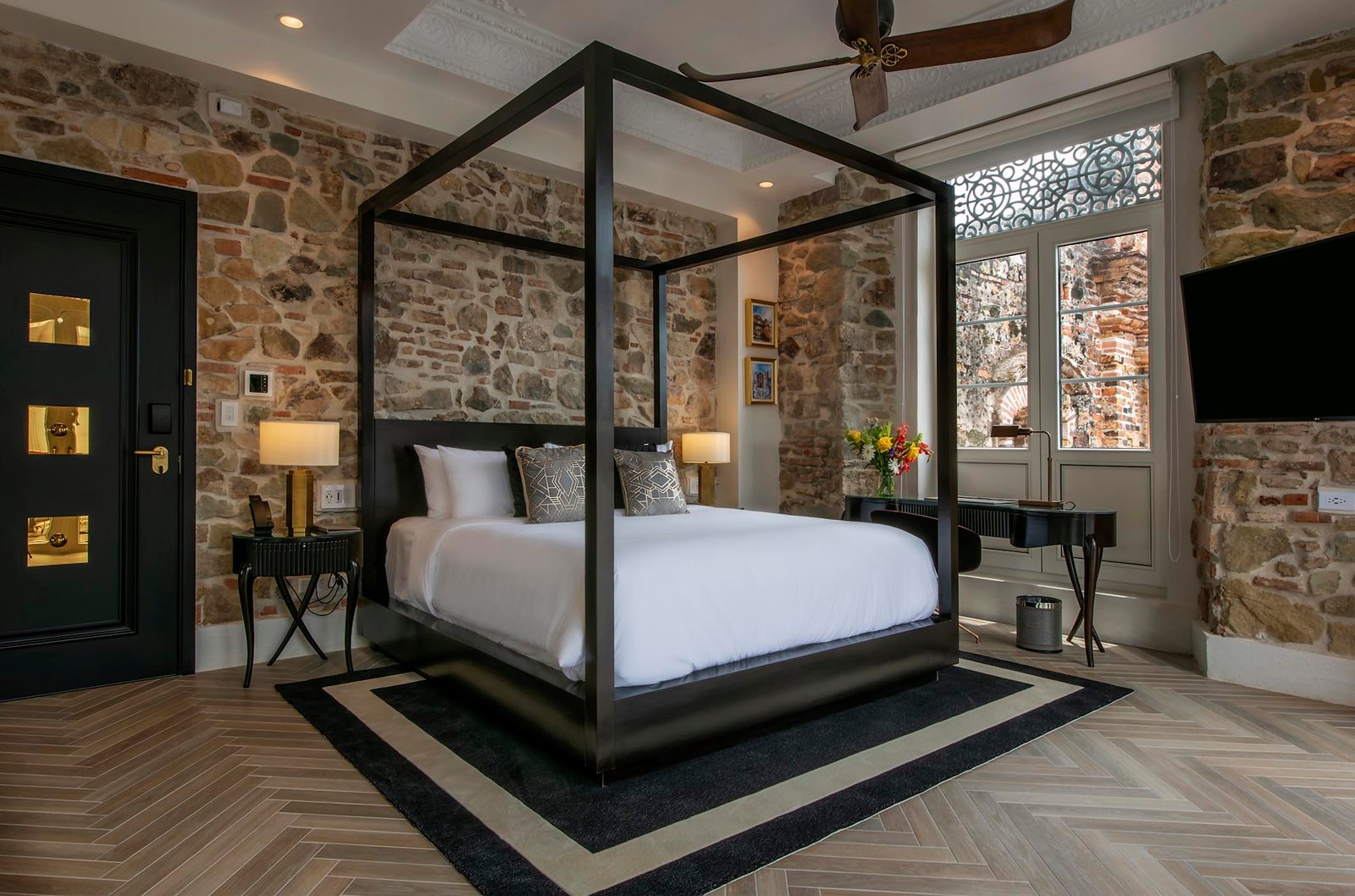
Next to the restaurant is the El Exilio bar, which recalls the forced exodus of the Jesuits who built the convent. They were expelled from Panama and the rest of the Spanish domains in the Americas by a sanction Carlos III issued in 1767. Chris Lenz’s eagerness to investigate the building’s history led to the discovery of a letter in Cartagena that listed the five ships on which the exiled Jesuits left Panama. The bar counter is adorned with replicas of the ships’ respective figureheads and the bar menu opens with a page of heat-sensitive paper printed with the Hispanic monarch’s expulsion decree.
The west, or “Spanish” wing of the hotel is the oldest in the complex. Although rebuilt after the fire of 1737, it retains traces of the first Jesuit building, erected in 1688, such as the well that can be seen below the floor of the Santuario restaurant, which serves international specialties. Just as the French wing maintains a Belle Époque ambience, with delicate ironwork and wood furnishings, the Spanish section boasts Iberian austerity. Here, wood, vaulted ceilings, and fired brick walkways prevail, the latter made by Mexican artisans who continue to master colonial techniques. A tropical wood specialist was hired from Java (Indonesia), while Panamanians were in charge of the ironwork. “We looked for specialists familiar with the original construction techniques. We wanted to be as faithful as possible to the building’s concept,” says Reyes.

In keeping with this premise, the “American” wing was given a general Beaux-Arts air, but with American style. The star of this wing is the old American Bazaar, opened in 1904 by the Einsenmann and Eleta families, which now houses a restaurant specializing in American cuisine, of course. The wing’s entertainment options are completed by Luigi’s, with its cucina povera (poorman’s cooking, in Italian), Hari’s, showcasing furniture by famous designer Harry Segil, and Capella Rooftop, which offers views of the city, perfect for evening and night life.
Hotel La Compañía opened last April, but the final touches will be revealed in November. In any case, the dynamic has already begun to change in the Panamanian capital’s Casco Antiguo. With all the history and memorabilia contained within its walls, La Compañía is a destination in its own right, even for locals, but it’s not a theme park. “Creating a Disneyland would have been easier, but it wouldn’t have honored the building’s past. From the beginning, it was clear to us that we would let the property speak for itself and guide us based on what we found. In the end, the building took on a life of its own, and today it tells us a story of more than three centuries,” concludes Reyes. These days, La Compañía is the place to be in Panama City, a place that honors the country’s traditions and history, but at the same time is contemporary, sophisticated, and very cosmopolitan.
For more information visit hlcpanama.com.
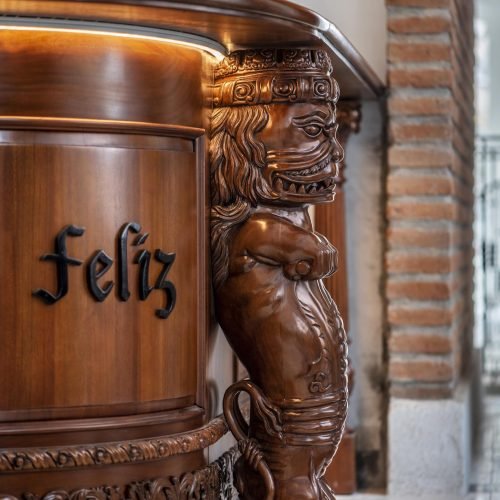
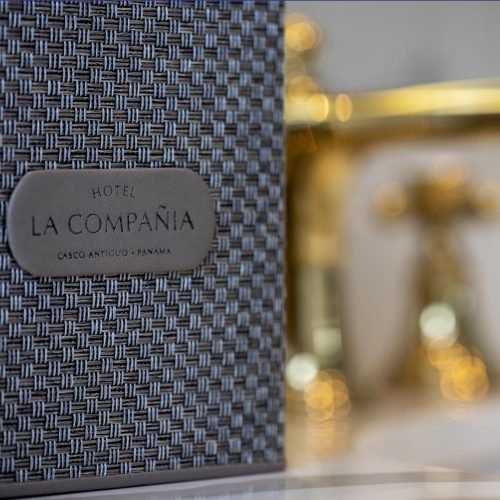
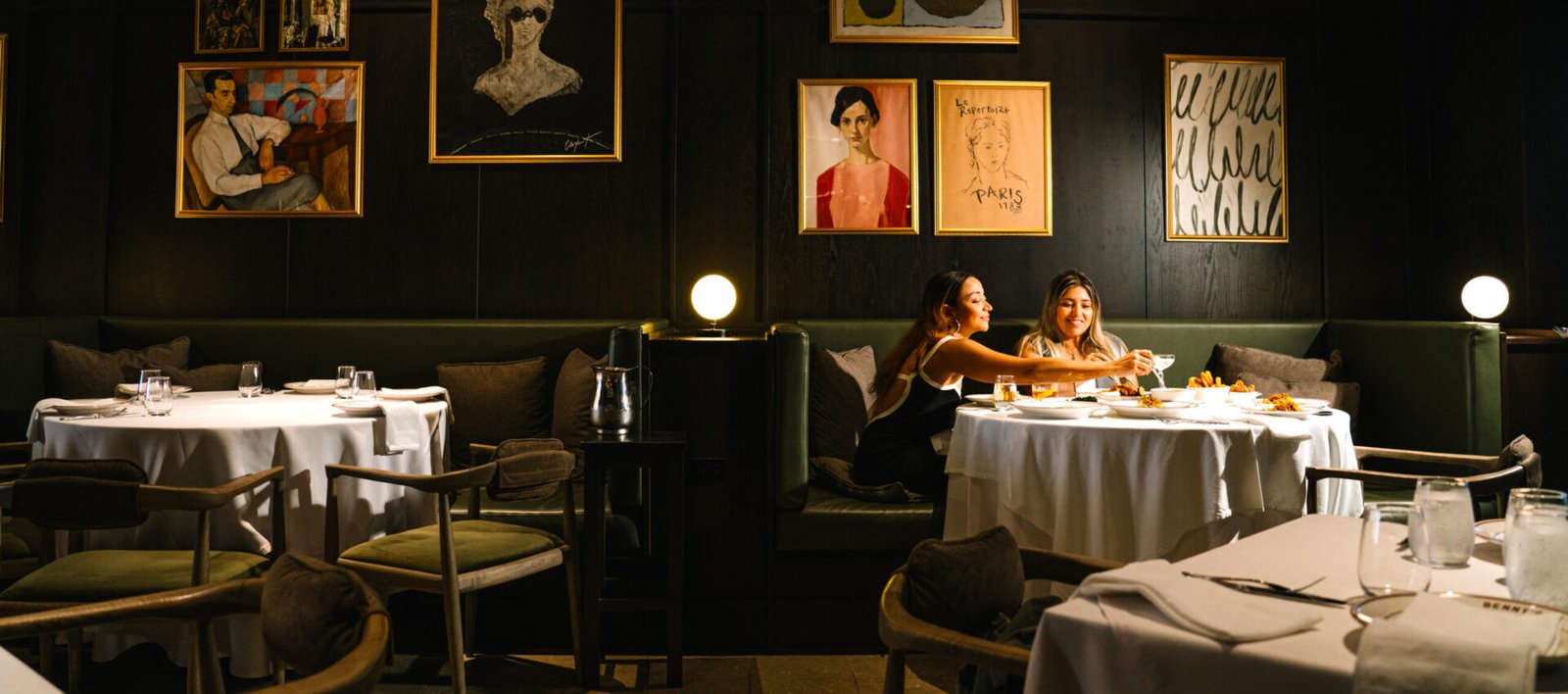
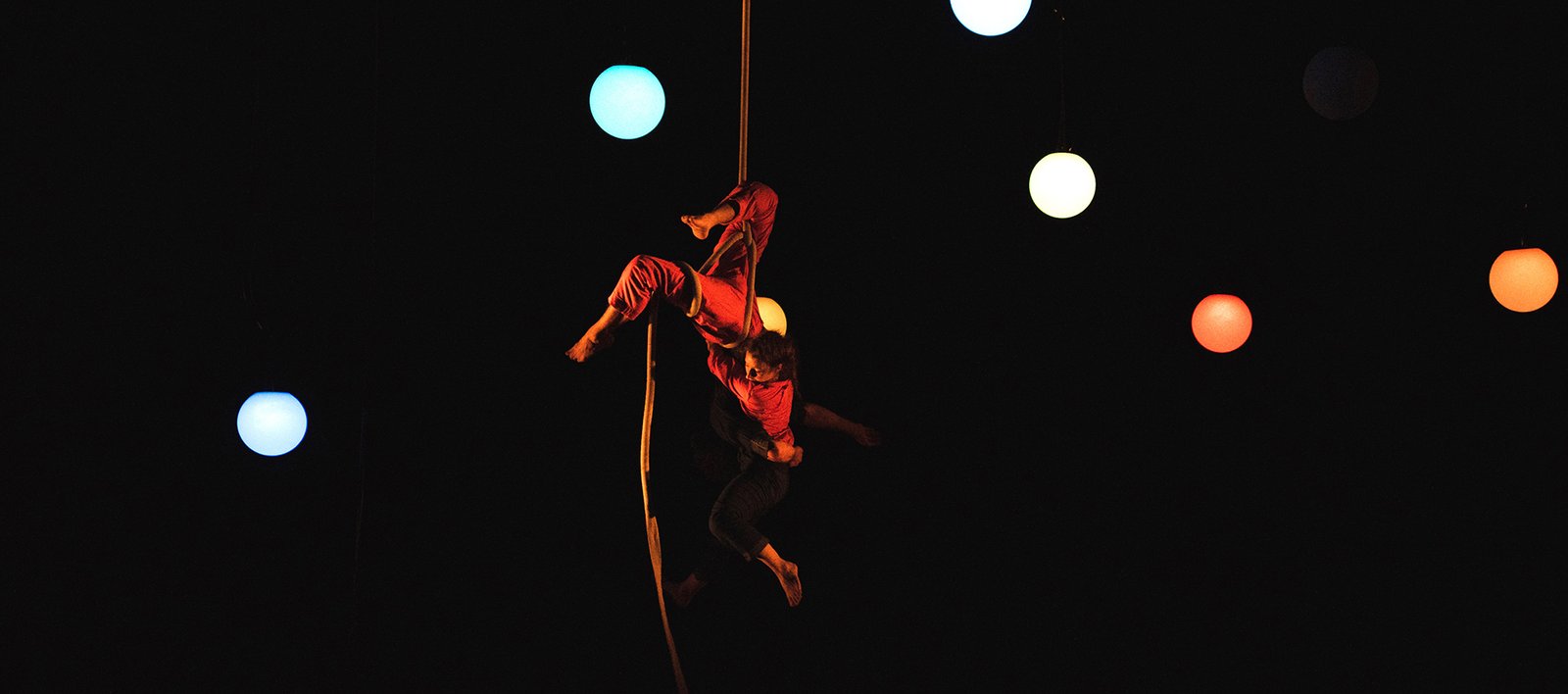
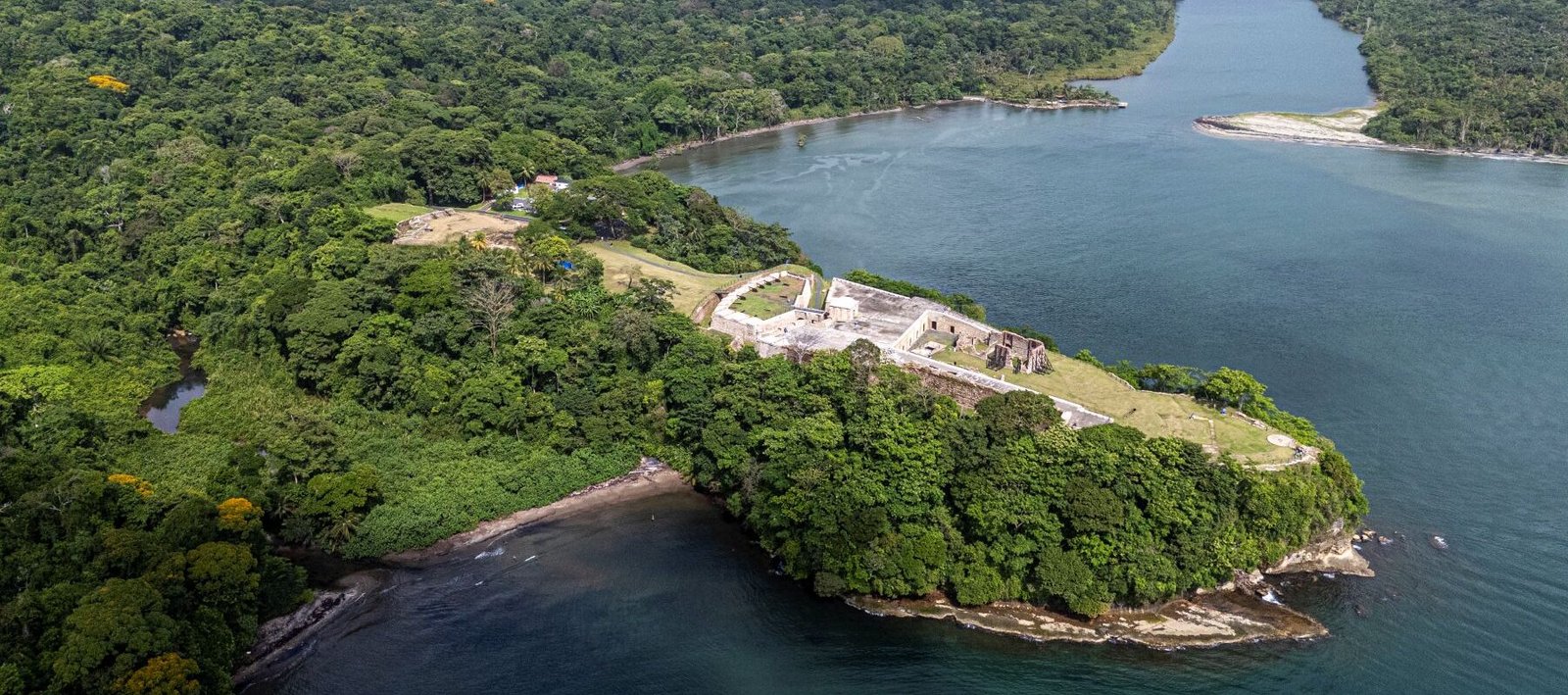

Leave a Reply